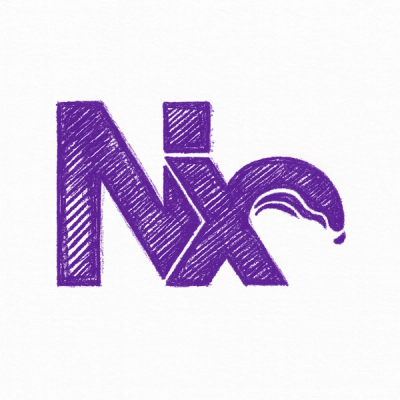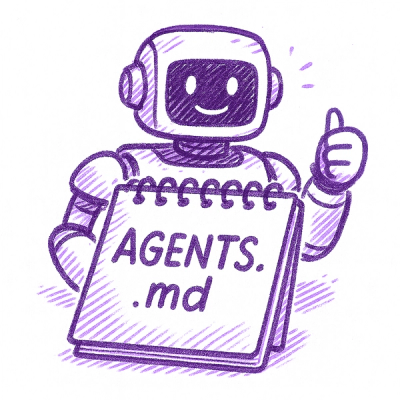apns2


Node client for connecting to Apple's Push Notification Service using the new HTTP/2 protocol with JSON web tokens.
Create Client
Create an APNS client using a signing key:
import { ApnsClient } from 'apns2'
const client = new ApnsClient({
team: `TFLP87PW54`,
keyId: `123ABC456`,
signingKey: fs.readFileSync(`${__dirname}/path/to/auth.p8`),
defaultTopic: `com.tablelist.Tablelist`,
requestTimeout: 0,
keepAlive: true,
})
Sending Notifications
Basic
Send a basic notification with message:
import { Notification } from 'apns2'
const bn = new Notification(deviceToken, { alert: 'Hello, World' })
try {
await client.send(bn)
} catch (err) {
console.error(err.reason)
}
Send a basic notification with message and options:
import { Notification } from 'apns2'
const bn = new Notification(deviceToken, {
alert: 'Hello, World',
badge: 4,
data: {
userId: user.getUserId
}
})
try {
await client.send(bn)
} catch (err) {
console.error(err.reason)
}
Silent
Send a silent notification using content-available key:
import { SilentNotification } from 'apns2'
const sn = new SilentNotification(deviceToken)
try {
await client.send(sn)
} catch (err) {
console.error(err.reason)
}
Note: Apple recommends that no options other than the content-available flag be sent in order for a notification to truly be silent and wake up your app in the background. Therefore this class does not accept any additional options in the constructor.
Many
Send multiple notifications concurrently:
import { Notification } from 'apns2'
const notifications = [
new Notification(deviceToken1, { alert: 'Hello, World' }),
new Notification(deviceToken2, { alert: 'Hello, World' })
]
try {
await client.sendMany(notifications)
} catch (err) {
console.error(err.reason)
}
Advanced
For complete control over the push notification packet use the base Notification class:
import { Notification } from 'apns2'
const notification = new Notification(deviceToken, {
aps: { ... }
})
try {
await client.send(notification)
} catch(err) {
console.error(err.reason)
}
Available options can be found at APNS Payload Options
Error Handling
All errors are defined in ./lib/errors.js and come directly from APNS Table 4
You can easily listen for these errors by attaching an error handler to the APNS client:
import { Errors } from 'apns2'
client.on(Errors.badDeviceToken, (err) => {
console.error(err.reason, err.statusCode, err.notification.deviceToken)
})
client.on(Errors.error, (err) => {
console.error(err.reason, err.statusCode, err.notification.deviceToken)
})
Environments
By default the APNS client connects to the production push notification server. This is identical to passing in the options:
const client = new ApnsClient({
host: 'api.push.apple.com'
...
})
To connect to the development push notification server, pass the options:
const client = new ApnsClient({
host: 'api.sandbox.push.apple.com'
...
})
Requirements
apns2 requires Node.js v16 or later




